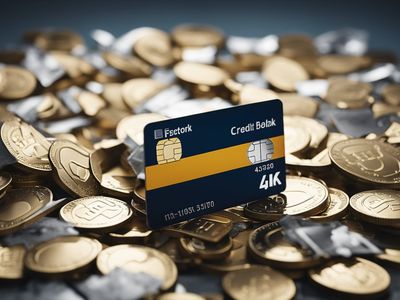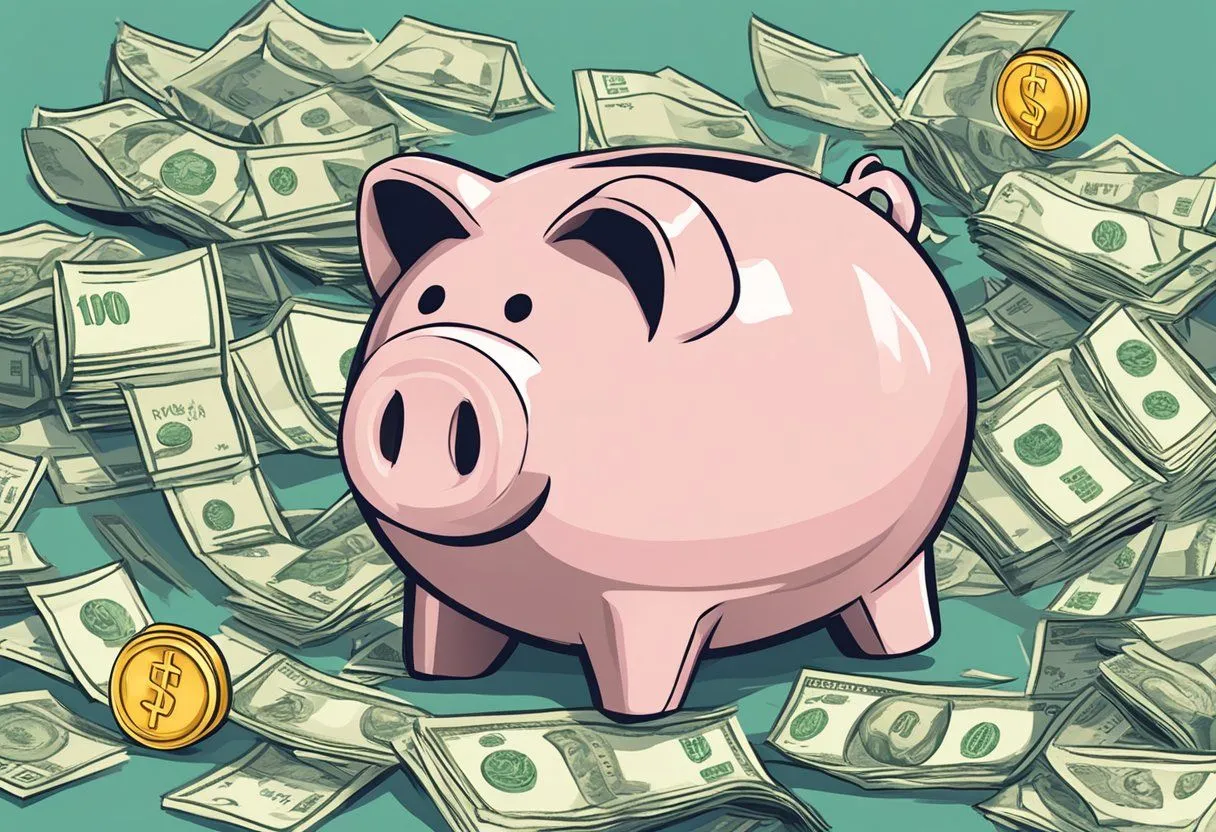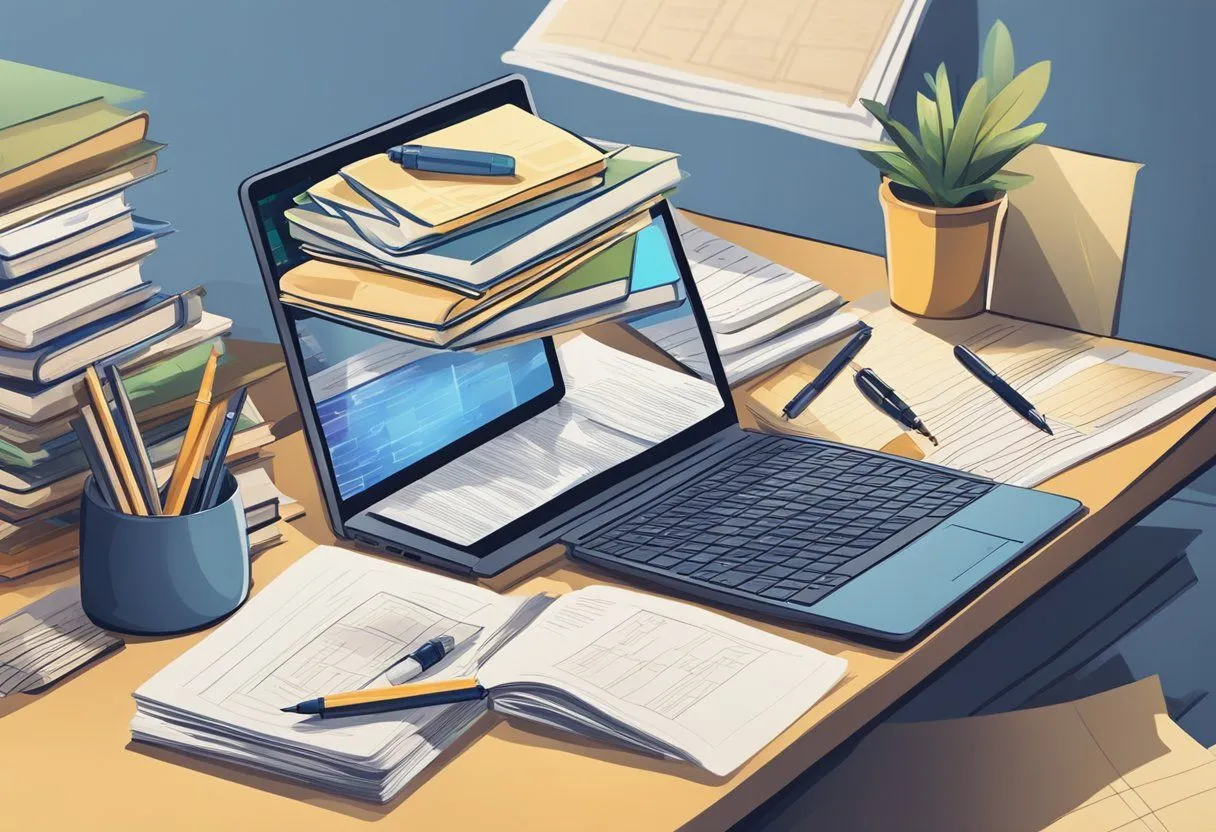Breaking Free from Debt: A Practical Guide to Credit Card Management
Breaking free from debt can feel like an impossible task, especially when it comes to credit card debt. With high-interest rates and minimum payments that barely make a dent in the balance, it can seem like there’s no way out. However, with the right strategies, it is possible to manage credit card debt and ultimately break free from it.
This practical guide to credit card management will provide readers with actionable tips and advice for taking control of their debt. From creating a budget and prioritizing payments to negotiating with creditors and exploring debt consolidation options, this guide will cover everything readers need to know to start chipping away at their credit card balances. By following the steps outlined in this guide, readers can begin to regain their financial freedom and work towards a debt-free future.
Understanding Credit Card Debt
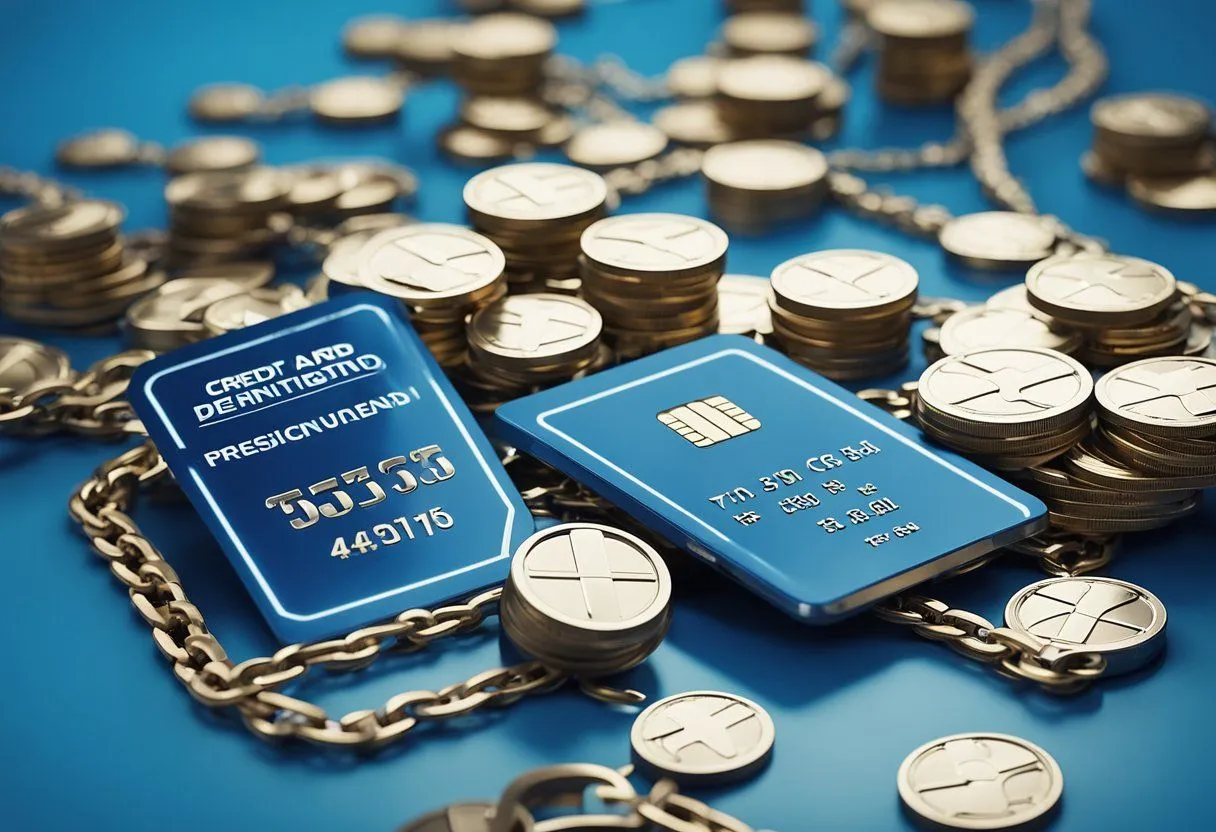
The Basics of Credit Cards
Credit cards are a type of revolving credit that allows consumers to borrow money up to a certain limit. When a credit card is used to make a purchase, the balance is added to the total amount owed on the card. The cardholder can choose to pay off the balance in full each month or make a minimum payment and carry the remaining balance over to the next month.
Credit cards typically come with an interest rate, which is the cost of borrowing money. The interest rate can vary depending on the card issuer, the cardholder’s credit score, and other factors. It’s important for cardholders to understand their interest rate and how it affects the total amount owed on the card.
How Credit Card Debt Accumulates
Credit card debt can accumulate quickly if the cardholder does not pay off the balance in full each month. When the cardholder carries a balance over to the next month, interest is added to the total amount owed. Over time, the interest can compound, meaning that interest is charged on the interest that has already been added to the balance.
Credit card debt also accumulates when the cardholder uses the card to make purchases that they cannot afford to pay off. This can lead to a cycle of debt, where the cardholder is only able to make minimum payments and the balance continues to grow.
It’s important for cardholders to be aware of their spending habits and to only use their credit card for purchases that they can afford to pay off in full each month. By understanding how credit card debt accumulates, cardholders can take steps to manage their debt and avoid falling into a cycle of debt.
Strategies for Debt Reduction

Budgeting for Debt Repayment
One of the most effective ways to reduce credit card debt is to create a budget and stick to it. A budget will help you keep track of your income and expenses, and identify areas where you can cut back on spending. Here are some steps to help you create a budget:
- Calculate your income: Add up all the money you earn from your job, freelance work, or any other sources of income.
- List your expenses: Make a list of all your monthly expenses, including rent/mortgage, utilities, groceries, transportation, entertainment, and credit card payments.
- Identify areas where you can cut back: Look for areas where you can reduce your spending, such as eating out less, canceling subscriptions you don’t use, or finding a cheaper cell phone plan.
- Allocate money towards debt repayment: Make sure to allocate a portion of your income towards paying off your credit card debt.
Negotiating with Credit Card Companies
Another strategy for reducing credit card debt is to negotiate with your credit card company. Here are some tips to help you negotiate:
- Be polite and respectful: Remember that the customer service representative is a person, and being rude or aggressive will not help your case.
- Explain your situation: Let the representative know that you are struggling to make your payments and ask if they can lower your interest rate or waive any late fees.
- Be persistent: If the representative is unable to help you, ask to speak to a supervisor or a retention specialist.
- Consider a balance transfer: If you have good credit, you may be able to transfer your balance to a credit card with a lower interest rate. However, make sure to read the fine print and understand any fees associated with the transfer.
By following these strategies, you can take control of your credit card debt and work towards a debt-free future.
Preventing Future Debt
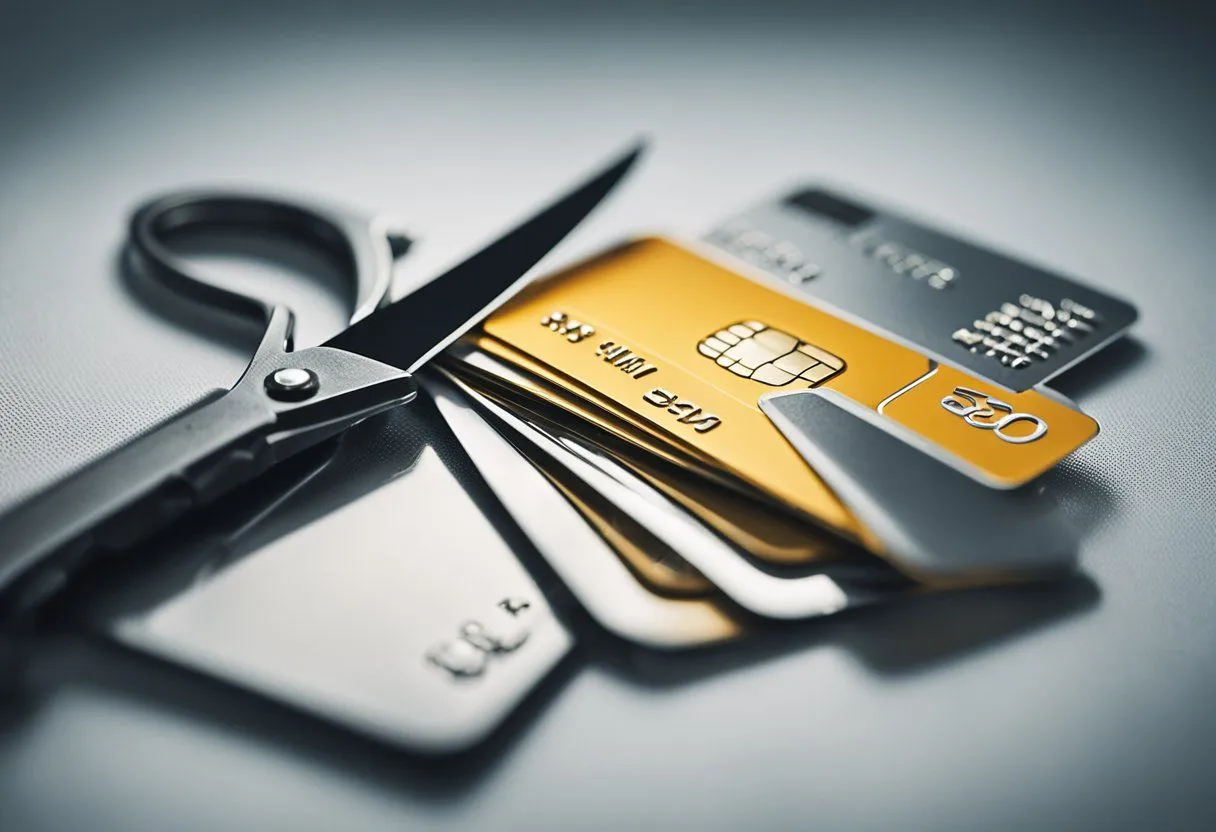
Many people find themselves in debt because they did not have a plan to prevent it. Here are some practical steps to take in order to prevent future debt.
Responsible Credit Card Use
Credit cards can be a useful tool when used responsibly. Here are some tips for responsible credit card use:
- Pay your balance in full each month to avoid interest charges.
- Keep your credit utilization ratio low by using no more than 30% of your available credit.
- Set up automatic payments to ensure you never miss a payment.
Building an Emergency Fund
Having an emergency fund can help prevent you from going into debt when unexpected expenses arise. Here are some steps to take in order to build an emergency fund:
- Determine how much you need to save. Aim for at least three to six months of living expenses.
- Set up a separate savings account specifically for your emergency fund.
- Make regular contributions to your emergency fund, even if it is just a small amount each month.
By following these tips for responsible credit card use and building an emergency fund, you can prevent future debt and achieve financial stability.
